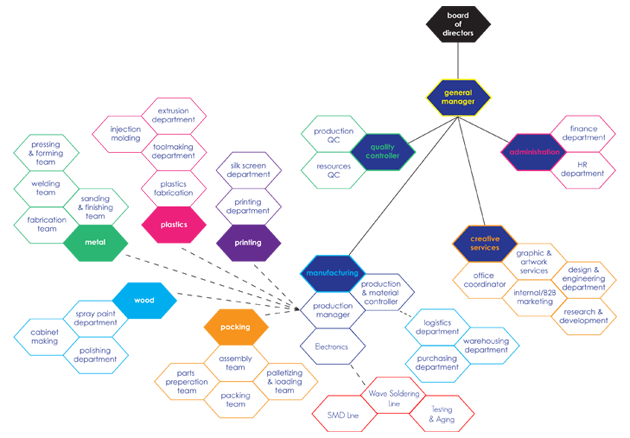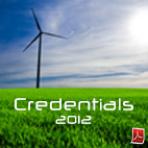Wind Power
-
Wind power is the conversion of wind energy into a useful form of energy, such as using: wind turbines to make electrical power, windmills for mechanical power, windpumps for water pumping or drainage, or sails to propel ships.
A large wind farm may consist of several hundred individual wind turbines which are connected to the electric power transmission network. Offshore wind farms can harness more frequent and powerful winds than are available to land-based installations and have less visual impact on the landscape but construction costs are considerably higher. Small onshore wind facilities are used to provide electricity to isolated locations and utility companies increasingly buy surplus electricity produced by small domestic wind turbines.
Wind power, as an alternative to fossil fuels, is plentiful, renewable, widely distributed, clean, produces no greenhouse gas emissions during operation and uses little land. Any effects on the environment are generally less problematic than those from other power sources. As of 2011, Denmark is generating more than a quarter of its electricity from wind. 83 countries around the world are using wind power on a commercial basis. In 2010 wind energy production was over 2.5% of total worldwide electricity usage, and growing rapidly at more than 25% per annum. The monetary cost per unit of energy produced is similar to the cost for new coal and natural gas installations.Although wind power is a popular form of energy generation, the construction of wind farms is not universally welcomed due to aesthetics.
Wind power is very consistent from year to year but has significant variation over shorter time scales. The intermittency of wind seldom creates problems when used to supply up to 20% of total electricity demand, but as the proportion increases, a need to upgrade the grid, and a lowered ability to supplant conventional production can occur. Power management techniques such as having excess capacity storage, dispatchable backing supplies (usually natural gas), storage such as pumped-storage hydroelectricity, exporting and importing power to neighboring areas or reducing demand when wind production is low, can greatly mitigate these problems.







